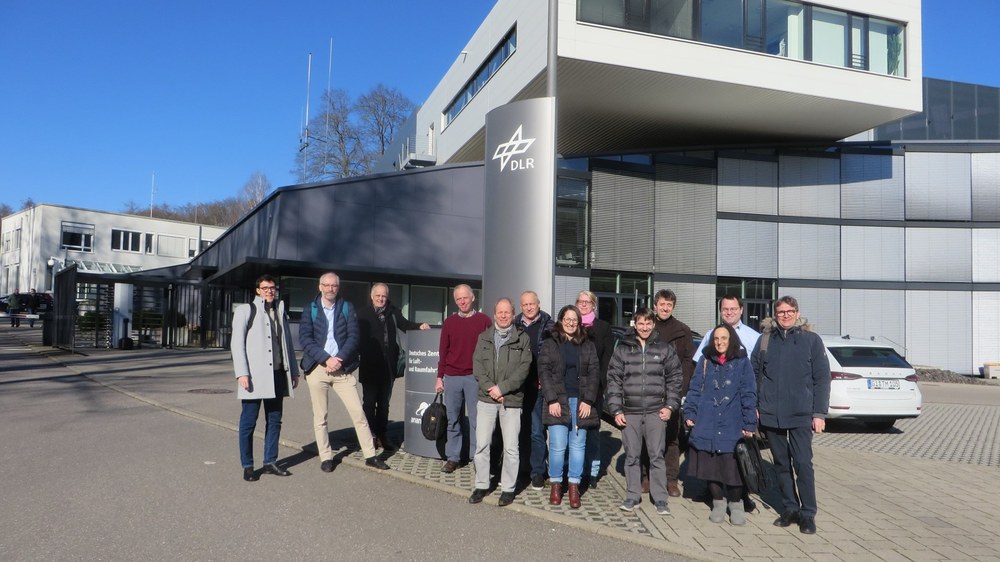Making hydrogen technologies for mobile applications safer and more efficient

Hydrogen is increasingly being used as an alternative energy source to fossil fuels. The need for international standards in relation to transportation and transfer technologies for cryogenic hydrogen for mobile applications, particularly in populated areas, has become apparent. Within the ELVHyS project (Enhancing safety of liquid and vaporized hydrogen transfer technologies in public areas for mobile applications), a European consortium has set itself the goal of raising the safety level by further developing current technologies in order to enable the safe and broad-based use of hydrogen as a future energy carrier and to strengthen the role of hydrogen in society. ELVHyS is part of the European Commission's "Horizon Europe" innovation funding program and will receive funding of around 2 million euros over the three-year term.
Knowledge transfer for cross-sector research
Eight organizations consisting of universities, research institutions and industrial companies from six European nations make up the project team. The Norwegian University of Science and Technology (NTNU) is responsible for coordination. The University of Ulster (UU), the National Center for Scientific Research "Demokritos" (NCSRD), the University of Bologna (UniBo), the Institute of Space Propulsion of the German Aerospace Center (DLR), the Karlsruhe Institute of Technology (KIT) as well as Health & Safety Executive (HSE) and Air Liquide (AL) are also involved in the project. The extensive experience of the project participants in hydrogen safety science and technology and in handling cryogenic hydrogen for industrial applications ensures interdisciplinary and cross-sector research.
Development of innovative safety strategies
Cryogenic hydrogen has a number of advantages as an energy carrier: It can be produced in a climate-neutral way using renewable energies, is readily available and is more powerful and efficient than fossil fuels. However, it is highly flammable and has special safety requirements for use. For several decades, hydrogen has been used in both liquid and gaseous form at the Institute of Space Propulsion at the DLR site in Lampoldshausen for engine tests on space propulsion systems. Thanks to the high safety standards at the site for handling large quantities of hydrogen, the institute has created a comprehensive database that makes it possible to assess potential hazards and develop models that are transferred and further developed within the ELVHyS project. One aim is to derive international standards and safety strategies from this. In addition, further current research questions are being investigated and data generated that will serve to expand the state of knowledge and validate models.
The safe and efficient use of hydrogen is crucial for industry in the energy and transport sector, political decision-makers and authorities, as well as for end consumers. With the increasing use of hydrogen, the number of transfer and refueling facilities in public and populated areas is also increasing. Measures such as standardized loading and unloading procedures for the transfer, guidelines for the design of transfer systems and training in the handling of cryogenic hydrogen are being developed in the project.
The ELVHYS project no. 101101381 is supported by the Clean Hydrogen Partnership and its members as well as the European Union. This work was funded by UK Research and Innovation

